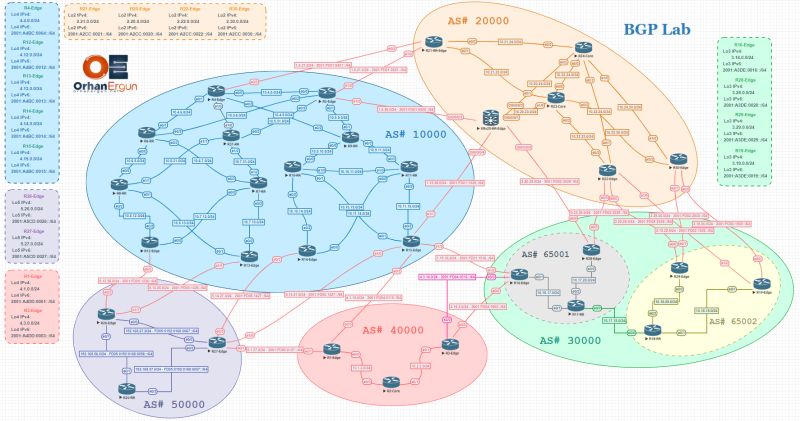BGP Route Reflectors vs Full Mesh Networks: Which is Better?
August 31, 2024
8 min read
Aarini Patil
Related Courses
Enhance your knowledge with these recommended courses

BGP Training
Most comprehensive Border Gateway Protocol, BGP Tutorial. BGP Course about BGP Protocol, with 35 hours of BGP Design, BGP Theory, and BGP Labs Best Online BGP Video Training by Orhan Ergun.
$59
View CourseBecome an Instructor
Share your knowledge and expertise. Join our community of instructors and help others learn.
Apply Now
About the Author
Aarini Patil
Hi this is Aarini. I'm a network expert who works 12 years as a Network Security manager. I'm going to teach everything you need to know with my blogs.
Share this Article
Subscribe for Exclusive Deals & Promotions
Stay informed about special discounts, limited-time offers, and promotional campaigns. Be the first to know when we launch new deals!